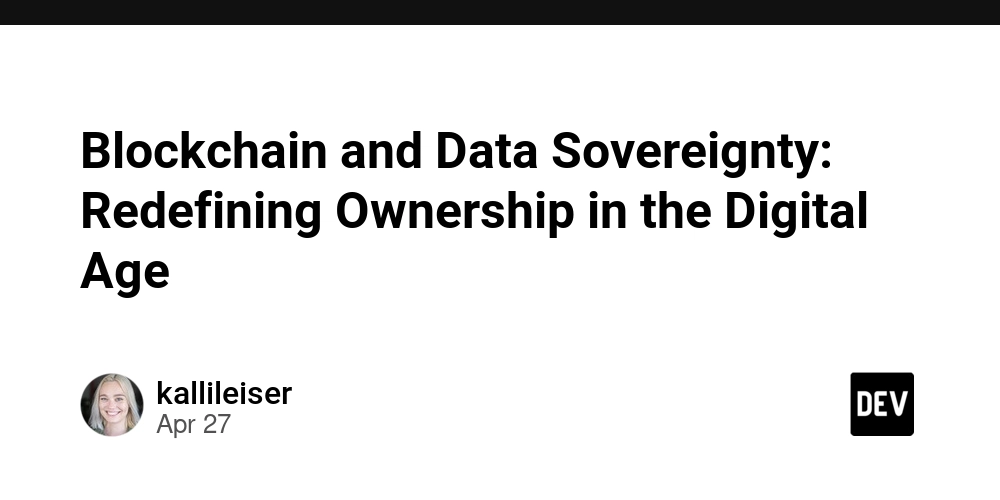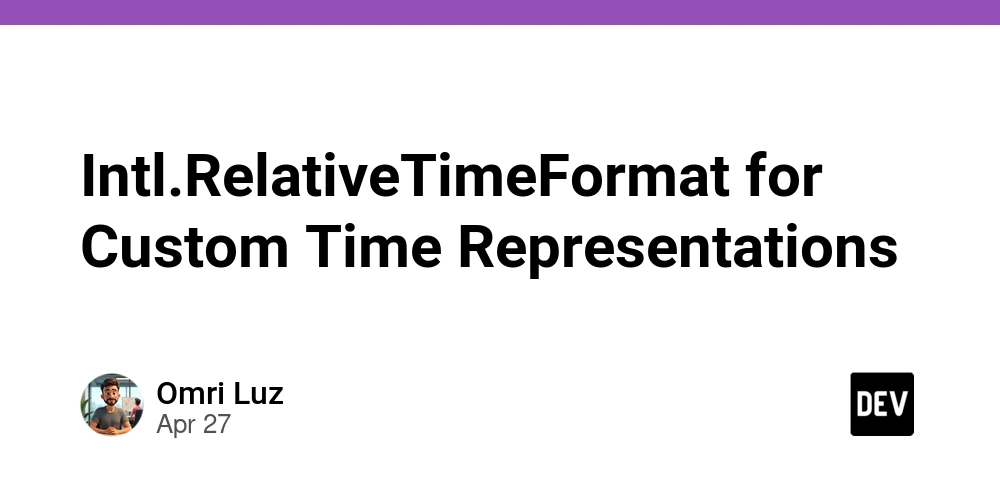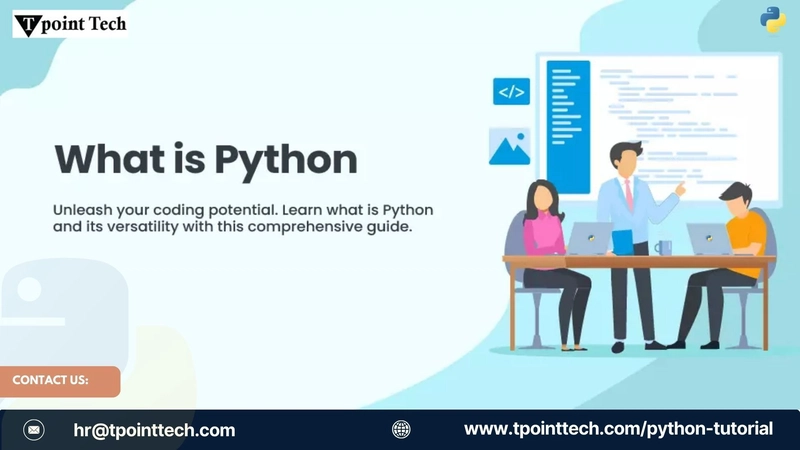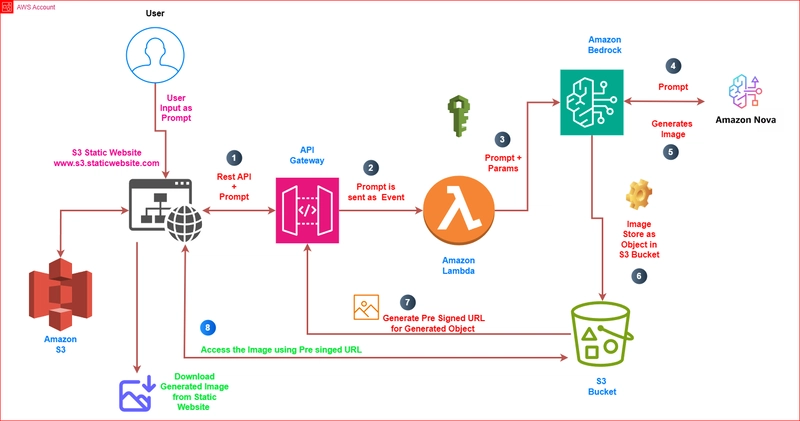Exploring Arbitrum, Validator Rewards, and PoS Innovations: A Comprehensive Overview
Abstract: This post provides an in‑depth review of how Arbitrum’s layer‑2 scaling solutions, modern validator rewards, and Proof‑of‑Stake (PoS) innovations are reshaping blockchain networks. We discuss the evolution of these technologies, explain core concepts like Optimistic Rollups, explore applications in DeFi, NFTs, and enterprise blockchain, and analyze technical and economic challenges. In addition, we review future trends and strategic partnerships that promise to drive a sustainable, decentralized future. Introduction Blockchain technology is redefining digital transactions, fostering decentralization, security, and scalability. Layer‑2 solutions like Arbitrum address issues such as high gas fees and network congestion, while robust validator rewards and PoS systems ensure network sustainability. This post explores these topics from a technical expert’s perspective and provides valuable insights for developers, investors, and blockchain enthusiasts alike. Our discussion is drawn from the seminal Arbitrum Staking article and related authoritative resources such as Arbitrum and Validator Rewards, Arbitrum Rollups, and Blockchain Scalability Solutions. Background and Context Blockchain innovations have driven the evolution of decentralized networks from simple transaction logs to systems capable of processing millions of transactions daily. The success of Ethereum as a smart contract and dApp platform led to network congestion and high fees. This challenge set the stage for off‑chain, layer‑2 solutions. Arbitrum emerged as a pioneering solution, utilizing Optimistic Rollups to bundle transactions off‑chain. This process assumes that transactions are valid unless contested, significantly reducing computational overhead and cost. Concurrently, validator rewards tied to PoS systems ensure network integrity. Validators stake tokens to be rewarded for secure transaction verification, incentivizing honest participation and network decentralization. Traditionally, blockchain scaling hails from early attempts to extend Bitcoin’s network. However, with Ethereum’s smart contracts revolution, more complex solutions—like Arbitrum’s rollups—were necessary. Open‑source contributions further enhance this ecosystem by sharing designs, security audits, and best practices. Open‑source licensing, such as demonstrated in Arbitrum’s approach to open‑source licensing, fuels community-driven improvements and transparent evolution. Throughout the industry, related innovations, such as reduced energy consumption via PoS, improved interoperability, and adaptive incentive models, provide the foundation for a sustainable, decentralized future. Core Concepts and Features The interplay between Arbitrum’s optimized rollup technology, nuanced validator rewards, and PoS consensus mechanisms establishes a solid framework for blockchain evolution. Arbitrum and Optimistic Rollups Arbitrum’s design solves Ethereum’s scalability issues by: Batching Transactions: Hundreds of transactions are combined off‑chain using Optimistic Rollups. Security Assurance: Transactions are assumed valid and only subject to dispute if fraudulent. Reduced Costs: This rollup approach drastically reduces gas fees while maintaining security through periodic verification on Ethereum’s mainnet. For technical details, check the Arbitrum Rollups page. Validator Rewards Structure A robust framework for validator incentives is essential for any decentralized network. Validator rewards in Arbitrum include: Transaction Fees: Validators receive a portion of the fees from each transaction, offering immediate economic rewards. Staking Incentives: Validators stake tokens and receive periodic rewards, ensuring long-term stake in network integrity. Performance Bonuses: Extra rewards for high uptime and efficient performance drive validators to maintain reliability. Below is a table summarizing these reward components: Reward Component Description Benefits Transaction Fees Share of fees collected per transaction. Immediate economic incentive. Staking Rewards Periodic rewards earned for locking tokens as stake. Long-term commitment and network security. Incentive Bonuses Additional rewards for high performance and consistent uptime. Promotes reliability and high validator performance. Proof-of-Stake (PoS) Mechanisms PoS is transforming blockchain consensus: Energy Efficiency: PoS avoids energy‑intensive computations inherent in Proof‑of‑Work. Decentralization: Validators are chosen based on the stake, reducing centralization risks. Adaptive Incentives: PoS facilitates dynamic reward distribution depending on network activity and participation. Open‑Source Collaboration Many projects embrace open‑source principles to ensure transparent evolution and shared responsibility. Open‑source platforms, along with tools for continuous improvement and colla

Abstract:
This post provides an in‑depth review of how Arbitrum’s layer‑2 scaling solutions, modern validator rewards, and Proof‑of‑Stake (PoS) innovations are reshaping blockchain networks. We discuss the evolution of these technologies, explain core concepts like Optimistic Rollups, explore applications in DeFi, NFTs, and enterprise blockchain, and analyze technical and economic challenges. In addition, we review future trends and strategic partnerships that promise to drive a sustainable, decentralized future.
Introduction
Blockchain technology is redefining digital transactions, fostering decentralization, security, and scalability. Layer‑2 solutions like Arbitrum address issues such as high gas fees and network congestion, while robust validator rewards and PoS systems ensure network sustainability. This post explores these topics from a technical expert’s perspective and provides valuable insights for developers, investors, and blockchain enthusiasts alike. Our discussion is drawn from the seminal Arbitrum Staking article and related authoritative resources such as Arbitrum and Validator Rewards, Arbitrum Rollups, and Blockchain Scalability Solutions.
Background and Context
Blockchain innovations have driven the evolution of decentralized networks from simple transaction logs to systems capable of processing millions of transactions daily. The success of Ethereum as a smart contract and dApp platform led to network congestion and high fees. This challenge set the stage for off‑chain, layer‑2 solutions.
Arbitrum emerged as a pioneering solution, utilizing Optimistic Rollups to bundle transactions off‑chain. This process assumes that transactions are valid unless contested, significantly reducing computational overhead and cost. Concurrently, validator rewards tied to PoS systems ensure network integrity. Validators stake tokens to be rewarded for secure transaction verification, incentivizing honest participation and network decentralization.
Traditionally, blockchain scaling hails from early attempts to extend Bitcoin’s network. However, with Ethereum’s smart contracts revolution, more complex solutions—like Arbitrum’s rollups—were necessary. Open‑source contributions further enhance this ecosystem by sharing designs, security audits, and best practices. Open‑source licensing, such as demonstrated in Arbitrum’s approach to open‑source licensing, fuels community-driven improvements and transparent evolution.
Throughout the industry, related innovations, such as reduced energy consumption via PoS, improved interoperability, and adaptive incentive models, provide the foundation for a sustainable, decentralized future.
Core Concepts and Features
The interplay between Arbitrum’s optimized rollup technology, nuanced validator rewards, and PoS consensus mechanisms establishes a solid framework for blockchain evolution.
Arbitrum and Optimistic Rollups
Arbitrum’s design solves Ethereum’s scalability issues by:
- Batching Transactions: Hundreds of transactions are combined off‑chain using Optimistic Rollups.
- Security Assurance: Transactions are assumed valid and only subject to dispute if fraudulent.
- Reduced Costs: This rollup approach drastically reduces gas fees while maintaining security through periodic verification on Ethereum’s mainnet.
For technical details, check the Arbitrum Rollups page.
Validator Rewards Structure
A robust framework for validator incentives is essential for any decentralized network. Validator rewards in Arbitrum include:
- Transaction Fees: Validators receive a portion of the fees from each transaction, offering immediate economic rewards.
- Staking Incentives: Validators stake tokens and receive periodic rewards, ensuring long-term stake in network integrity.
- Performance Bonuses: Extra rewards for high uptime and efficient performance drive validators to maintain reliability.
Below is a table summarizing these reward components:
| Reward Component | Description | Benefits |
|---|---|---|
| Transaction Fees | Share of fees collected per transaction. | Immediate economic incentive. |
| Staking Rewards | Periodic rewards earned for locking tokens as stake. | Long-term commitment and network security. |
| Incentive Bonuses | Additional rewards for high performance and consistent uptime. | Promotes reliability and high validator performance. |
Proof-of-Stake (PoS) Mechanisms
PoS is transforming blockchain consensus:
- Energy Efficiency: PoS avoids energy‑intensive computations inherent in Proof‑of‑Work.
- Decentralization: Validators are chosen based on the stake, reducing centralization risks.
- Adaptive Incentives: PoS facilitates dynamic reward distribution depending on network activity and participation.
Open‑Source Collaboration
Many projects embrace open‑source principles to ensure transparent evolution and shared responsibility. Open‑source platforms, along with tools for continuous improvement and collaborative reviews, drive innovation in validator economics and rollup technologies.
Additional Technical Features
These systems also integrate:
- Finality Assurance: Once confirmed, transactions are immutable.
- Robust Security Protocols: Mechanisms that inhibit double‑spending and fraud.
- Seamless Interoperability: Integration with Ethereum’s mainnet, benefiting from its robust ecosystem.
Collectively, these features form the backbone of a secure, scalable, and economically viable blockchain ecosystem.
Applications and Use Cases
The combination of Arbitrum’s layer‑2 scalability, effective validator rewards, and PoS consensus fuels diverse applications. Here are some practical examples:
Decentralized Finance (DeFi)
DeFi platforms benefit from:
- Faster Transaction Processing: Optimistic rollups enable near‑instantaneous transactions.
- Lower Costs: Reduced fees encourage micro‑transactions and complex financial contracts.
- Enhanced Security: A robust validator incentive system ensures a secure environment for lending, borrowing, and asset management.
For instance, a decentralized lending protocol built on Arbitrum processes loans and collateral management more efficiently than traditional Ethereum‑only systems.
Non‑Fungible Tokens (NFTs)
Arbitrum’s scalability has opened new possibilities in the NFT space:
- Quick Minting: Faster transaction processing allows rapid NFT creation, reducing artist wait time.
- Cost Effectiveness: Lower operational costs make NFT deployment attractive for emerging digital artists.
- Verified Ownership: Validator rewards help secure authentic and immutable ownership records.
Platforms are now integrating these technologies to create NFT marketplaces that merge speed with transparency. Many NFT projects leverage user‑friendly systems backed by robust off‑chain processing.
Enterprise Blockchain Adoption
Enterprises are increasingly exploring blockchain for:
- Supply Chain Transparency: Real‑time data sharing across distributed networks.
- Digital Identity Verification: Secure identity management services.
- Asset Management: Efficient tracking and ownership verification for digital assets.
Arbitrum’s layer‑2 solutions, combined with PoS, allow businesses to handle millions of transactions securely and cost‑effectively. The benefits extend to cross‑border remittance platforms, digital identity systems, and decentralized record keeping.
Other Notable Use Cases
- Decentralized Governance and DAOs: Facilitating transparent decision‑making and protocol upgrades.
- Gaming Platforms: Lower transaction fees create smoother, more engaging user experiences.
- Data Integrity Solutions: Ensuring immutable records, crucial for industries like healthcare and logistics.
Below is a bullet list summarizing key use cases:
- DeFi Lending Protocols
- NFT Marketplaces and Art Platforms
- Supply Chain Management Systems
- Enterprise Identity and Data Verification
- Decentralized Governance Models
For further exploration into related topics, refer to guides on Sustainable Blockchain Practices and Blockchain Scalability Solutions.
Challenges and Limitations
While promising, several technical and adoption challenges remain.
Technical Hurdles
- Scalability vs. Security Tradeoff: While optimistic rollups reduce fees and increase throughput, dispute resolution mechanisms may introduce latency under heavy network load.
- Reward System Adaptability: The economic models behind validator rewards must continuously adapt to traffic fluctuations and network conditions. Over‑rewarding could foster inflation while under‑rewarding might risk validator participation.
- Data Availability: Off‑chain transaction batching raises concerns about data availability and dispute resolution efficiency in cases of network congestion.
Adoption Barriers
- Integration Complexity: Migrating existing Ethereum‑based applications to layer‑2 solutions requires expertise and development resources that smaller teams may not possess.
- Interoperability Challenges: Although Arbitrum is designed for Ethereum compatibility, bridging differences between multiple blockchains remains an ongoing area of research.
- Regulatory Uncertainty: Evolving regulatory frameworks globally may affect validator reward structures, token staking requirements, and broader network adoption.
Economic and Incentive Challenges
- Balancing Rewards: Ensuring validator rewards represent a fair balance between transaction fees and staking returns is critical. An unbalanced system might deter participation or encourage centralization.
- Market Dynamics: Fluctuations in token values can impact overall network security and may require adaptive incentive mechanisms to maintain equilibrium.
For more insights on technical challenges, readers can explore the challenges faced by blockchain communities in the Arbitrum Challenges section.
Future Outlook and Innovations
The future of blockchain lies in continuous innovation, particularly around scalable architectures and adaptive economic models.
Emerging Trends
- True Decentralization: Future blockchain systems will increasingly embrace decentralization, minimizing single points of failure through distributed validator networks and cross‑chain interoperability.
- Advanced Open‑Source Collaboration: Enhanced collaboration frameworks and improved licensing models—such as those highlighted by Copyleft Licenses Ultimate Guide—are expected to further democratize innovation in blockchain technology.
- Cross‑Chain Solutions: Innovations in cross‑chain communication protocols aim to bridge disparate networks, making decentralized applications more broadly accessible.
Enhanced Validator Rewards
- Adaptive Reward Mechanisms: Predictive analytics and machine learning will likely be used for real‑time adjustment of validator rewards, balancing incentive costs with network performance.
- Performance Metrics: As more data becomes available, performance metrics for validators can be refined to ensure fair and competitive rewards, thereby enhancing overall network security.
Sustainable and Energy‑Efficient Blockchain
- PoS Evolution: Continued improvements in PoS algorithms ensure reduced energy usage, lowering environmental impact.
- Green Blockchain Practices: Further innovations promise to integrate sustainable practices with efficient network scaling, as discussed in Sustainable Blockchain Practices.
Strategic Partnerships and Ecosystem Growth
- Enterprise Alliances: Enterprises are forming partnerships with blockchain developers to integrate decentralized identity, tokenized finance, and robust supply chain solutions.
- Global Regulatory Collaboration: Collaboration with regulatory bodies will be essential for establishing clear guidelines that foster innovation while protecting consumers.
For additional perspectives on the future scope of layer‑2 and blockchain scalability innovations, check out these insightful posts from Dev.to and Dev.to by Laetitia Perraut.
Summary
In conclusion, the integration of Arbitrum’s scalable rollup technology, sophisticated validator rewards, and a robust Proof‑of‑Stake consensus model is driving the blockchain ecosystem towards greater efficiency, decentralization, and sustainability.
Key takeaways include:
- Scalability and Cost Reduction: Optimistic rollups in Arbitrum significantly reduce gas fees and improve transaction speeds without compromising security.
- Economic Incentives: Validator rewards and adaptive incentive structures ensure that network participants remain motivated to secure and operate the network.
- Sustainable and Energy‑Efficient Protocols: The shift towards PoS capitalizes on environmental benefits while promoting enhanced decentralized governance.
- Wide‐Range of Applications: From DeFi protocols and NFT marketplaces to enterprise blockchain solutions, these technologies open up numerous practical applications for real‑world use.
- Challenges and Future Innovations: Balancing scalability with security, ensuring user adoption, and addressing regulatory challenges remain key. However, continuous innovations and strategic partnerships promise to shape a resilient and inclusive digital ecosystem.
For further reading, explore additional resources on Arbitrum Staking as well as related topics like Arbitrum and Validator Rewards and Blockchain Scalability Solutions.
References and Further Reading
- Arbitrum Staking
- Arbitrum Rollups
- Arbitrum and Validator Rewards
- Blockchain Scalability Solutions
- Sustainable Blockchain Practices
- Additional insights from Dev.to articles including:
This comprehensive overview underscores that the future of blockchain technology lies in the seamless integration of scalable decentralized solutions, dynamic economic incentives, and sustainable operational practices. Innovation in these areas continues to foster a thriving ecosystem that supports secure, efficient, and environmentally friendly digital networks.































































































































































![[The AI Show Episode 143]: ChatGPT Revenue Surge, New AGI Timelines, Amazon’s AI Agent, Claude for Education, Model Context Protocol & LLMs Pass the Turing Test](https://www.marketingaiinstitute.com/hubfs/ep%20143%20cover.png)




























































































































![[DEALS] Koofr Cloud Storage: Lifetime Subscription (1TB) (80% off) & Other Deals Up To 98% Off – Offers End Soon!](https://www.javacodegeeks.com/wp-content/uploads/2012/12/jcg-logo.jpg)
























![Is this too much for a modular monolith system? [closed]](https://i.sstatic.net/pYL1nsfg.png)







































































































![M4 MacBook Air Drops to Just $849 - Act Fast! [Lowest Price Ever]](https://www.iclarified.com/images/news/97140/97140/97140-640.jpg)












_roibu_Alamy.jpg?width=1280&auto=webp&quality=80&disable=upscale#)




 CISO’s Core Focus.webp?#)







































































































![Apple Smart Glasses Not Close to Being Ready as Meta Targets 2025 [Gurman]](https://www.iclarified.com/images/news/97139/97139/97139-640.jpg)
![iPadOS 19 May Introduce Menu Bar, iOS 19 to Support External Displays [Rumor]](https://www.iclarified.com/images/news/97137/97137/97137-640.jpg)





































































































